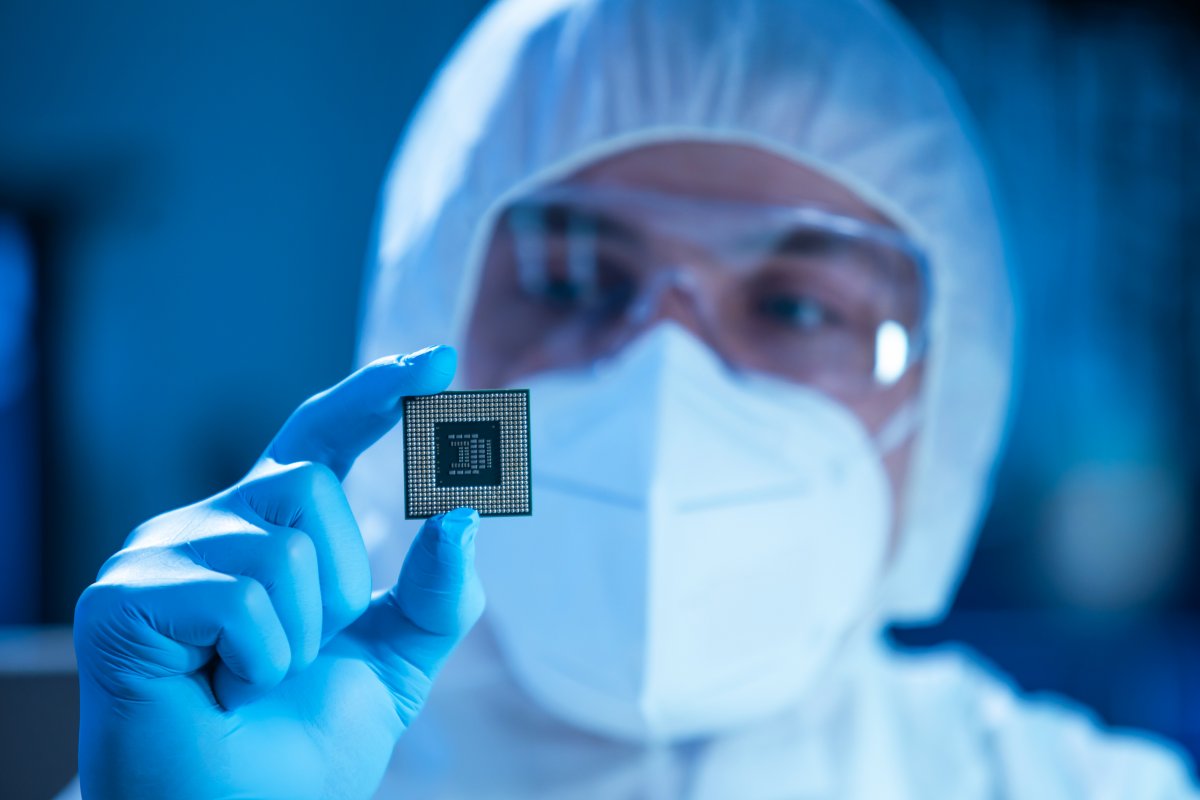A lack of water poses major challenges for Asia’s chip locations
A superlative semiconductor project is being built in the South Korean town of Yongin. According to the Korean government, Samsung Electronics could invest around 212 billion euros in chip factories there by 2042 in order to attack the largest contract manufacturer TSMC from Taiwan. However, an environmental question darkens the chances of success, which also arises for the planned chip factories in Germany. Securing sufficient water reserves will be crucial for the chip cluster, the newspaper Korea Times recently headlined.
Advertisement
In fact, water is an important raw material in chip production. Factories need large amounts of high-purity H₂O to flush the chemicals used in manufacturing from the wafers and chips — along with other so-called forever chemicals. Normal water is sufficient for the cooling systems. The larger the chip clusters become, the more massive the problems with the water supply become.
Estimated 650,000 tons of water daily for chip factories
According to current estimates, the plants in Yongin need 650,000 tons of water per day, according to the Korean Ministry of the Environment. To ensure the supply, comprehensive recycling of waste water from other Samsung factories and new large-scale projects are planned.
A large part of the water is to be taken from the dammed Han River, the national river. The problem, however, is that the dam, Paldang Dam, also houses an important hydroelectric power station that relies on the important element. In order to increase the water yield, the ministry is considering building another power plant on the upper reaches of the river. However, all of this presupposes that climate change does not thwart the plans and that the monsoon continues to fill the reservoirs with rainwater in summer to bridge the dry winter months.
The chip stronghold Taiwan demonstrated in 2021 what can happen if there is no rainfall. There, for example, the world market leader TSMC has concentrated its largest factories in the south of the island, which has less rainfall. Water recycling has therefore been on the agenda for a long time – in the newer semiconductor plants every drop of water is used more than three times. However, when the hurricanes failed to materialize in the 2020/21 typhoon season, water levels dropped dangerously even in TSMC’s origin, Hsinchu.
The group therefore had to cart more water with tankers and still save. The government is now considering building water pipelines to carry the important cleaning agent from the rainier north to thirsty chip-making centers. Critical water bottlenecks are threatening again this year.
Advertisement
Japan has always tried everything possible with electronics – and often the impossible. Every Thursday our author Martin Kölling reports on the latest trends from Japan and neighboring countries.
Chip manufacturers are driving water recycling
It is therefore not surprising that chip manufacturers are promoting water recycling worldwide. This is already reflected in the growing number of certificates. Samsung earned its first Platinum award from the Alliance for Water Stewardship (AWS) earlier this year. This organization, which the World Wildlife Fund helped set up, aims to educate companies about sustainable water management. TSMC is already further along: since 2019, nine plants have already received the highest quality seal from the AWS.
The problem is now also becoming acute in Germany, as the federal government wants to attract huge plants from TSMC and the US chipmaker Intel. The plans for Intel’s cluster near Magdeburg, which is to occupy an area of around 500 hectares, are particularly advanced. And water supply is also an important issue there.
Intel has now received AWS Platinum certification for the Ocotillo campus in Arizona. The US company has thus pledged to achieve “net positive water use” in all plants by 2030 at the latest, i.e. to return more water to the communities on balance than the factories used. For 2021, the American chip manufacturer states that it will have a 99 percent balanced water balance.
However, this does not mean that the group has really recycled 100 percent of the 61.3 billion tons of drinking water sourced from the communities worldwide in 2021, as well as smaller amounts of rainwater and water from other sources, and fed them back into the water cycle. The whole thing only becomes neutral or ultimately net-positive through water projects in the regions that Intel supports.
Drought years in Germany
Nevertheless, enormous amounts of fresh water are necessary. But will this be available in the originally planned quantity after the last few years of drought? In Intel’s “FactSheet Germany” a photo of a full Elbe suggests water abundance. On July 12 (12 noon) the water level at the Magdeburg-Strombrücke measuring station was only 60 centimeters – 97 centimeters below the mean.
This indicates one thing: The chip industry is not only under pressure from the ever-increasing technical war between China and the USA. The raw material water, of all things, is becoming one of the most important future issues for semiconductor manufacturers – and thus for the digital era worldwide.
Update, July 13, 2023, 5:50 p.m.: In a previous version of the article it was written that Intel does not yet have an AWS Platinum certificate. This was not current information and is now corrected.
(jl)
To home page
